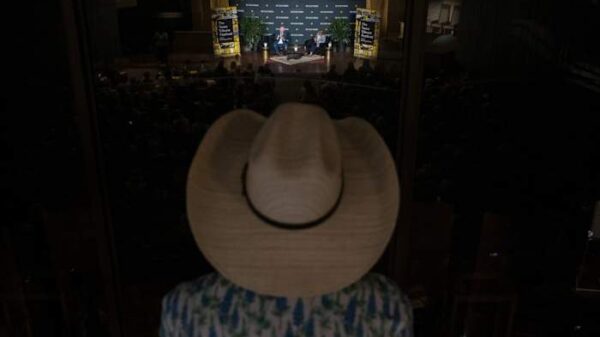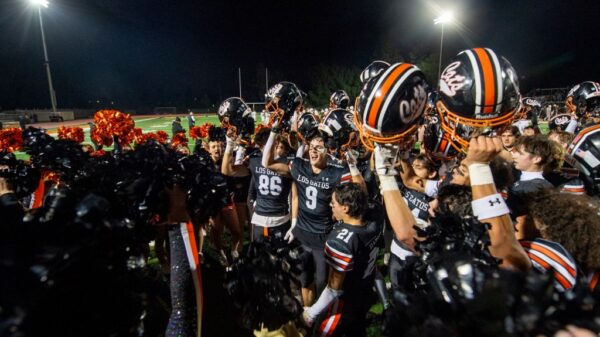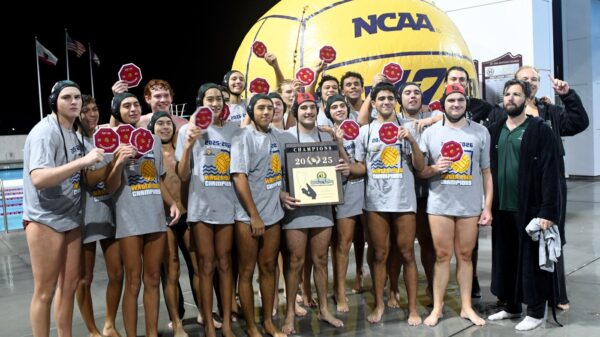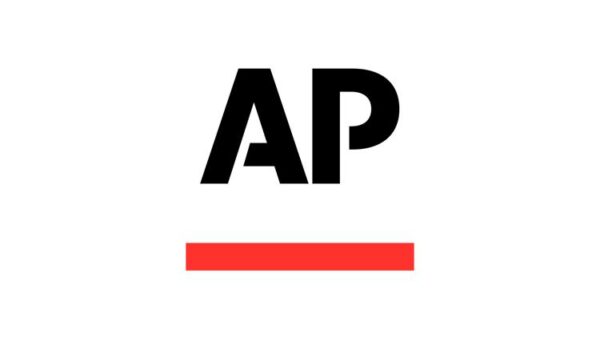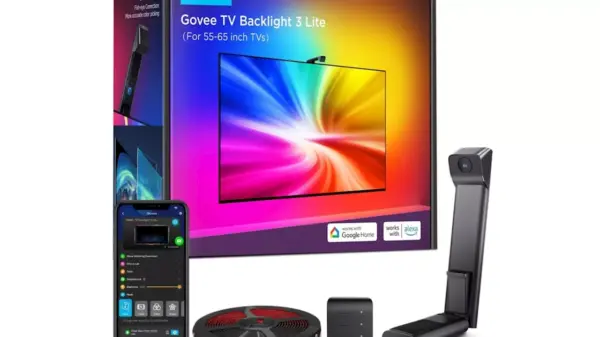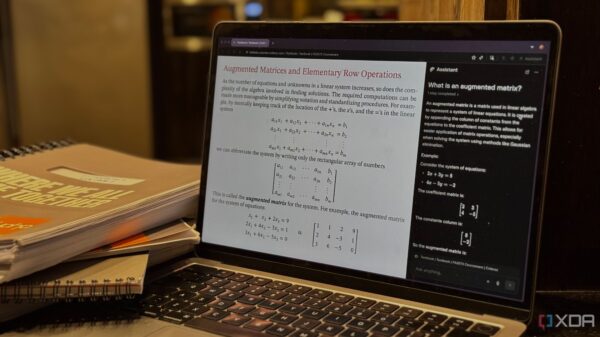Hawaii faces a significant debate regarding the funding of education, particularly the financial impact of private schools on state resources. A recent letter to the editor from resident Gerald Ching highlights the potential savings for the state when children choose private education over public schooling.
According to estimates, the annual cost for each student enrolled in a Hawaii public school exceeds $17,000. In contrast, students attending private schools may not cost the state the same amount, but they certainly contribute to savings. Ching argues that these savings should not be overlooked, suggesting it would be fair for the state to provide some financial assistance to families with children in private schools.
The discussion surrounding public funding for private education is contentious. Critics often express concerns about taxpayer dollars being allocated to institutions that do not serve the general public. Yet, as Ching notes, many residents benefit indirectly from the reduced financial burden on the state. Each child who enrolls in a private institution represents a potential saving to taxpayers by alleviating the costs associated with public education.
Ching’s letter invites readers to consider the implications of this funding model. He proposes that the state could offer compensation to families whose children attend private schools, at least covering a fraction of their tuition expenses. This idea aims to acknowledge the financial contributions these families make to the educational system, even if their children do not attend public schools.
The conversation around private versus public education in Hawaii is ongoing, with various stakeholders weighing in on the pros and cons of each system. As the state continues to navigate its educational funding landscape, discussions like those presented in Ching’s letter will remain crucial in shaping policy decisions.
The Honolulu Star-Advertiser welcomes public input on this topic and encourages residents to share their perspectives. Interested individuals can submit letters of up to 150 words or guest columns of 500-600 words to express their views on education funding and related issues.
As the debate evolves, the financial implications of educational choices in Hawaii will undoubtedly continue to influence discussions about policy and funding priorities.











